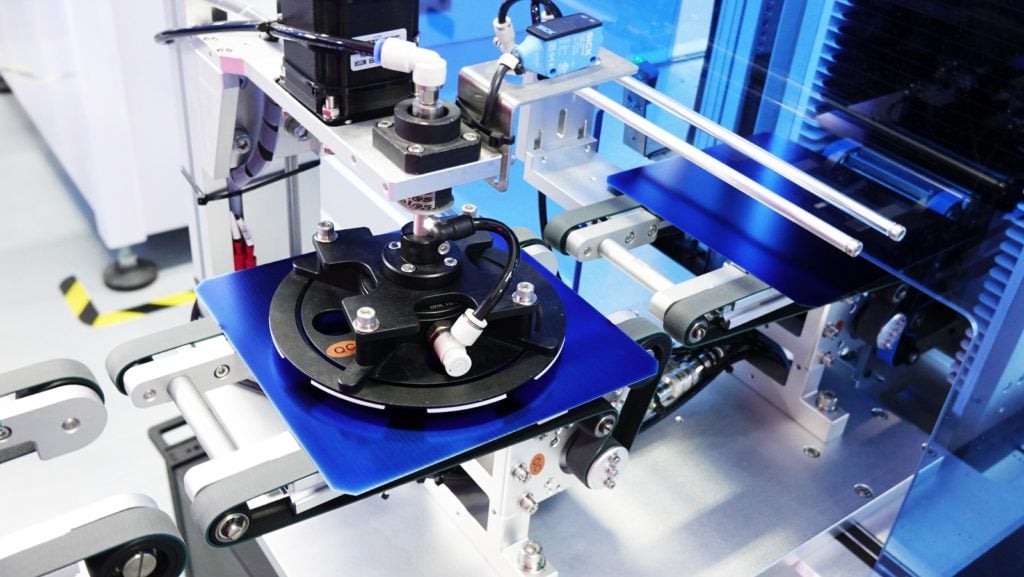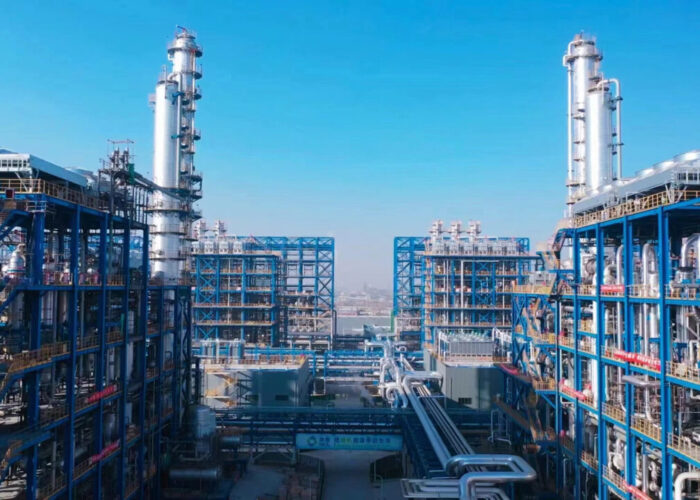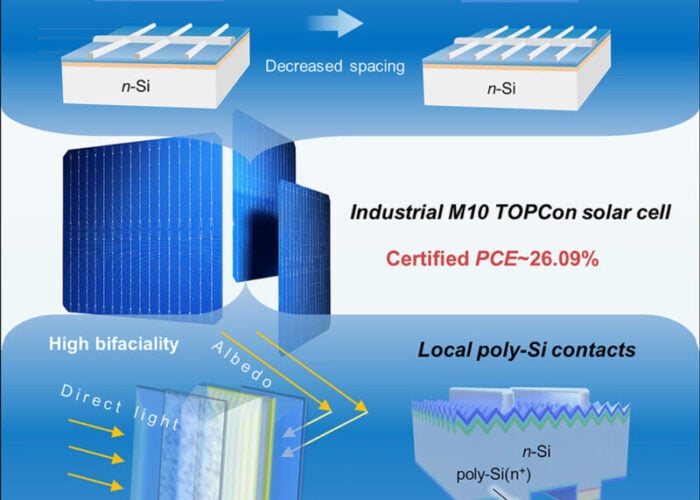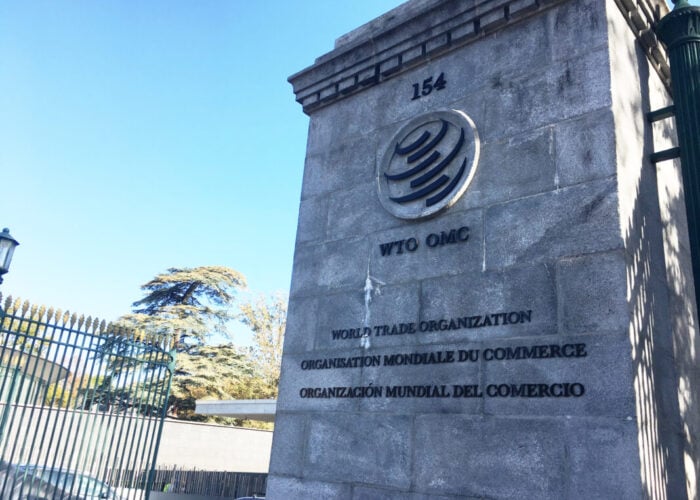
Greater awareness of the type of ultraviolet (UV) light used to test solar cells could result in faster, more efficient assessments of long-term performance.
This is according to new research led by academics at the University of New South Wales (UNSW), which has assessed the impact of UV light on tunnel oxide passivated contact (TOPCon) solar cells. These cells have become the dominant industry technology over the last two years.
Try Premium for just $1
- Full premium access for the first month at only $1
- Converts to an annual rate after 30 days unless cancelled
- Cancel anytime during the trial period
Premium Benefits
- Expert industry analysis and interviews
- Digital access to PV Tech Power journal
- Exclusive event discounts
Or get the full Premium subscription right away
Or continue reading this article for free
TOPCon has made industry headlines with issues around its longevity under stress, even as it has come to mainstream prominence. As well as issues under damp and hot conditions, UV-induced degradation (UVID) has emerged as a new limitation on TOPCon’s lifespan in the field.
The researchers said: “UVID is particularly concerning due to the increasing use of UV-transparent encapsulants in photovoltaic modules, which enhances module efficiency but exposes solar cells to UV radiation during operation.”
PV quality testing firm Kiwa PVEL found that TOPCon and other high-efficiency solar technologies are more susceptible to UVID than older technologies in its most recent Module Scorecard report. Kiwa PVEL wrote about this phenomenon exclusively for PV Tech last month.
The new research, published in the journal Solar Energy Materials and Solar Cells, finds that different parts of the UV spectrum affect TOPCon cells differently. Moreover, new manufacturing methods seeking to increase module power and efficiency may actually increase the risk of UVID degradation, and affect long-term performance.
UV-B radiation
The paper focuses on UV-B radiation. This type of light “has a significantly higher photon energy than UV-A,” which is more commonly considered in PV testing and is “closer to visible light” than UV-B.
UV-B “is generally not seen as a major concern as most commercial encapsulants effectively block UV-B radiation,” the researchers said, “leading to a perception that UV-B degradation might not be a significant concern for fielded modules.”
It continued: “However, the continuous pressure to increase module power is pushing companies to explore encapsulants with a higher UV transmission.”
Exposure to UV-B can cause increased surface recombination on the front side of TOPCon solar cells, the research said, which ultimately decreases the cell’s efficiency and accelerates its degradation.
“It was demonstrated that UV radiation, particularly UV-B, causes significant degradation of the front surface passivation of TOPCon structure, resulting in increased surface recombination,” the paper said.
The testing also revealed “the complex role between hydrogen and UVID in TOPCon solar cells”. UV radiation releases hydrogen in the solar cell, which can contribute to surface recombination and degradation.
“The data confirms that while both types of UV radiation impact the front surface, higher energy photons of UV-B break more Si-H bonds, leading to more pronounced degradation,” the research said.
The paper posits that future TOPCon researchers will need to pay attention to the role of UVID on the cells, particularly from UV-B, to ensure the technology has a consistent lifespan to maximise solar efficiency and plant affordability.
It said: “By utilising UV-B, a faster and more efficient assessment of the long-term performance of solar cells can be achieved.”






